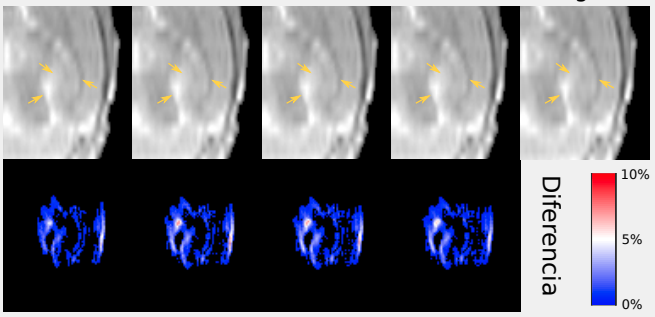Contribuciones al estudio de la sensibilidad de la morfometría basada en vóxel aplicada al estudio de la anatomía cerebral de roedores
posted on May 31, 2022
Podés acceder al documento de la tesis desde este link.

Resumen
Voxel based morphometry (VBM) is one of the most widely used brain morphometry techniques for the investigation of morphological changes in the brain. MBV has been used, with the application of experimental animal models, to investigate the effect of various pathologies and their effect on changes in concentration and volume of gray matter. Despite its wide use, there is no exhaustive study in the literature of its sensitivity and accuracy when detecting brain atrophies in rodents. In this work, the simulation of cerebral atrophies in magnetic resonance images of mice was applied in order to evaluate the performance of various VBM pipelines. The effect of smoothing, spatial normalization and sample size on VBM results was analyzed. Additionally, the sensitivity of the method detecting atrophies of different sizes and levels of tissue loss was studied comprehensively. The processing steps used in VBM were shown to be a key factor in the results of the method. In addition, specific limits of the precision and sensitivity of the method could be established, laying the foundation for the interpretation of results in real experimental cases.
### Presentación